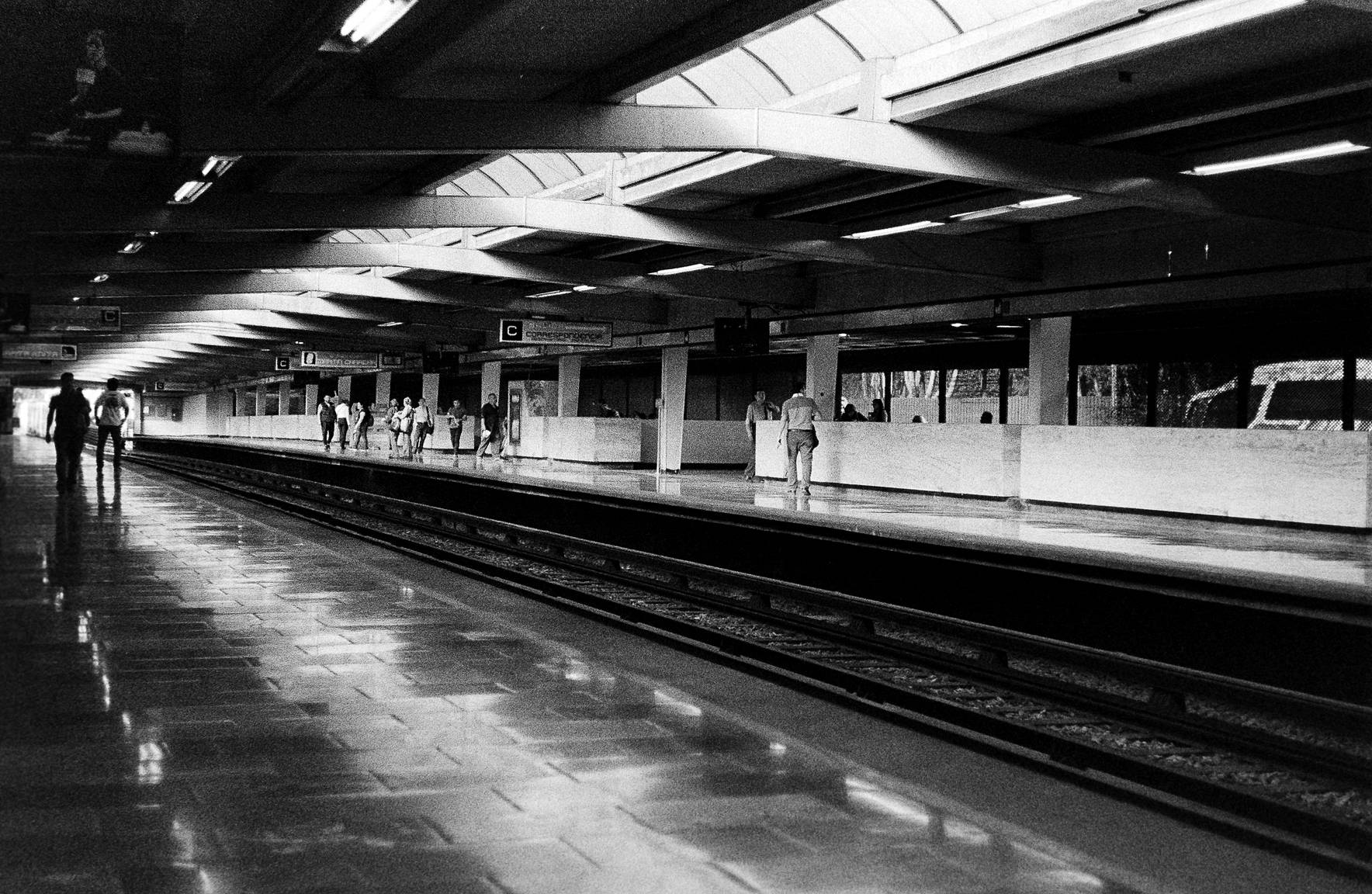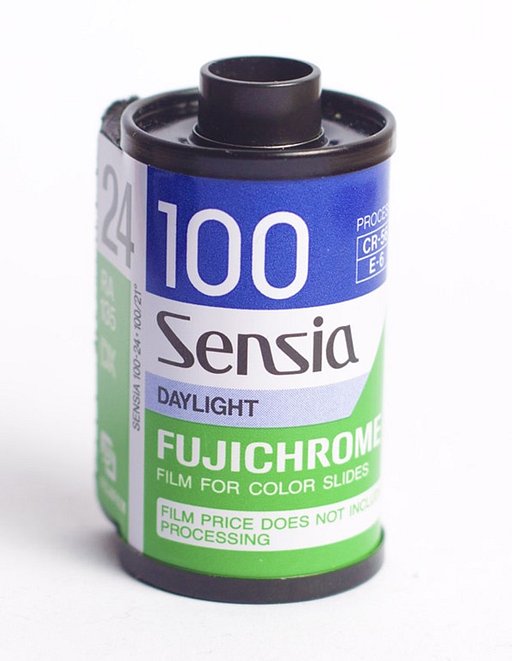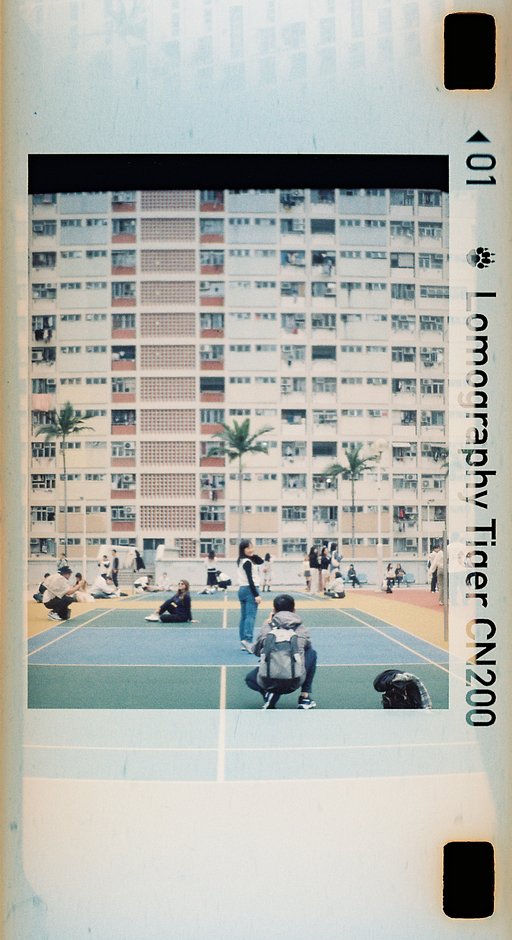Lomopedia: Leicaflex SL2
1 17 Share TweetLeica is a company that's known for making cameras that work as well as they look. Collectors, enthusiast photographers, and professionals have admired the craftsmanship behind the cameras they produce for years and up to this day, photo gear that bears the Leica marking still commands attention and a good selling price in the used market. However, even a company with such a remarkable reputation isn't immune to setbacks and losses.

Take the Leicaflex SL2 for example. It was the third and the last camera in the Leicaflex system line. It was introduced to the market in 1974 and was pulled just two years after its release. The reason: Leica couldn't keep up with its high production cost and competitors also released SLRs that were priced at almost half of what the Leicaflex SL2 sold for.
Leica's craftsmanship was both boon and bane for the SL2 – the camera didn't do well in sales but the design of the camera, well, that's an entirely different story. The SL2 was a camera that was designed and made with the user in mind. It had a sensitive metering system, a viewfinder that showed the selected shutter speed and lens aperture, and a split-image focusing screen that made taking photos both a breeze and a joy to do. It was a precision camera that didn't have too many bells and whistles that can prove to be distracting.
Another charming thing about the SL2 was its construction quality. While it was considered as a precision camera, it was also robust and well made. The 625 mercury cell was only there to power up the light meter, viewfinder illumination, and the film rewind button. All the other parts worked mechanically. It featured an almost all-metal construction, hence the sub-800 gram body.
It was also said that Leica spent a lot on the developing of the re-oriented mirror of the SL2 to allow the mounting of lenses with less clearance – specifically, the lenses that were manufactured by Minolta for Leica (Fisheye-Elmarit-R 16 mm, Elmarit-R 24 mm, and the Vario-Elmar-R 80-200 mm f/4.5). The rubberized cloth shutter was also noteworthy due to its durability and performance. Form and function: check.
Other Leicaflex SL2 tidbits:
- It was available in two finishes: chrome and black.
- There was a motorized version of the SL2, the Leicaflex SL2 MOT.
- In 1975, Leica released a limited edition SL2 in commemoration of their 50th anniversary of the first Leica camera. The limited-edition SL2 featured an engraving of "50 Jahre" on the prism housing.
- Only 25,500 SL2s were made in its two years of production.
Sample Photo Gallery
Technical Specifications:
Film: 35 mm, 24 × 36, film advance with a manual lever, motorized film advance for the Leicaflex SL2 MOT (with a motor drive)
Shutter: mechanically-timed rubberized cloth shutter, 1/2000s to 1s
Meter: through-the-lens (TTL) spot-metering
Mount: Leica R bayonet mount (three-lug)
Flash Sync: sync speed at 1/100s with hot shoe
Viewfinder: full-focus viewfinder with central micro-prism and split-image focusing tool
Dimensions: 148 × 97 × 57 mm
Weight: 770 g
Power: 625 mercury cell or equivalent
Others: self-timer with a 10-second delay, manual exposure with metering needle control in the viewfinder
All information used in this article was sourced from Apotelyt, Butkus Manuals, Overgaard, and Casual Photophile.
written by cheeo on 2020-11-06 #gear #lomopedia #slr #gear #leica #lomopedia #leicaflex-sl2
































One Comment